MASTER PLAN























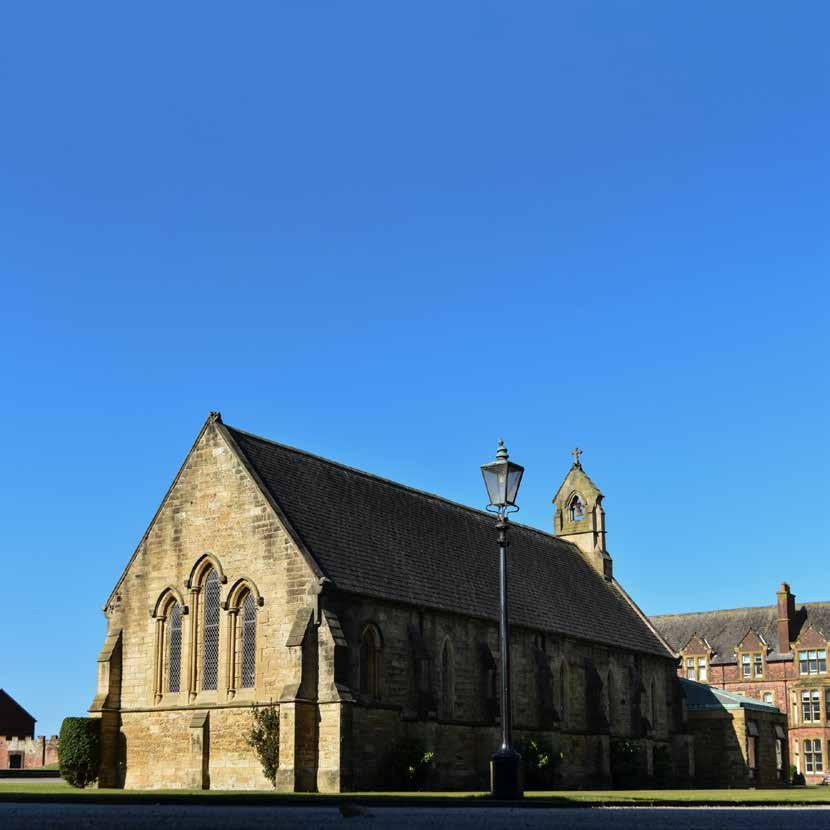
The cultural identity of our School community is hardwired into the spectacular architectural heritage of which we all serve as custodians. We pass through the School but for a short time and yet we have a moral responsibility to preserve the fabric of our beloved buildings for future generations.
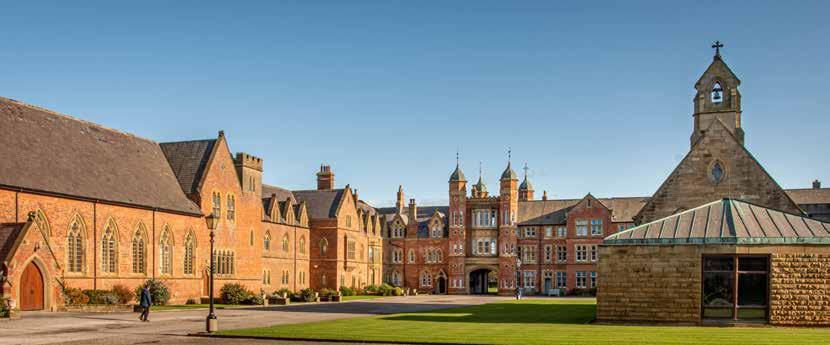
Our most iconic buildings date from the mid-nineteenth century and symbolise the hopes and dreams of those brave pioneers who sought to establish a seat of learning here on the Fylde Coast. The Sumner Library, Big School (situated on the north range of the Square) and the Chapel of St John the Baptist are all listed buildings, noted for their architectural importance. Collectively and individually, these buildings constitute a gloriously powerful
manifestation of the cultural, intellectual and spiritual soul of our wonderful community.
These buildings inspire our enduring affection because the relentless march of time appears to be suspended within their midst. The spaces contained therein have a remarkable capacity to bestow that most sought after of privileges - the privilege of belonging. Their familiarity provides a sense of certainty within an ever-changing world. There is something unique about the intense emotional hold that these places have on Rossallians. It defies rational explanation and those of faith may discern the guiding hand of God at work. Others will attribute their attachment to these buildings to a nostalgic yearning for the past and a lively appreciation of institutional traditions.
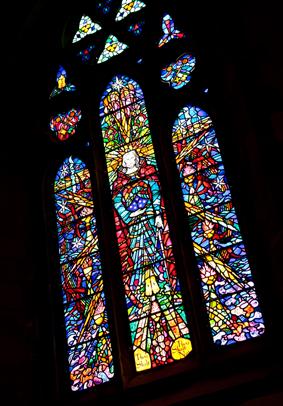
There is something unique about the intense emotional hold that these places have on Rossallians.
As Rossallians, we are conscious of the tremendous sacrifice offered by those who went before us. We continue to honour the memory of those Rossallians whose lives were cut tragically short in the maelstrom of twentieth century conflict. For many of these young men, there was precious little of life left to be lived beyond Rossall. Our responsibility to them is eternal.

Of course, time has not stood still and these buildings are now in need of urgent repair. The depredations of a hundred
and eighty winters on the Fylde has reduced some of our buildings to a parlous state. Wind, rain and salt (that most corrosive of minerals) have exerted a terrible toll on the physical fabric of our listed buildings. It is the case that crumbling masonry, corroded metal, rotten roof beams and leaking pipes threaten the very existence of our buildings. Unless we intervene to save them, our most iconic buildings will enter a spiral of managed decline.
Collectively, Cassidy and Ashton’s detailed surveys of the Chapel,
Sumner Library and Big School do not make for an easy read. The forensic detail contained within these recently commissioned reports serves as a devastating catalogue of problems. However, the surveys also serve as a timely call to arms and detail what must be done in order to safeguard the buildings for the long term future. Thankfully, all is not lost but we must now act with a sense of urgency if we are to successfully turn the tide and return these buildings to their former glory.
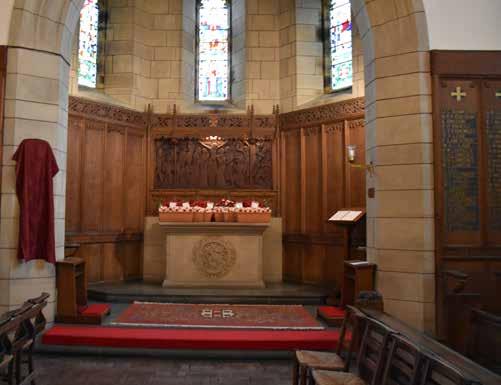

We must now act with a sense of urgency if we are to successfully turn the tide and return these buildings to their former glory.
Safeguarding the future of these buildings will cost well in excess of £1.5 million and this does not take into account the work that needs to be carried out in order to ensure that the Sumner Library becomes a modern study space within which children can work together collaboratively. Similarly, it does not take into account the enormous amount of work that needs to be accomplished in order to transform Big School into a flexible performance space capable of supporting our rapidly expanding performing arts programme.
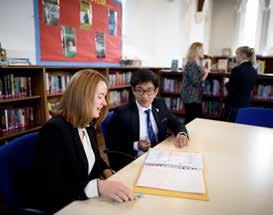

Of course, there is a distinction between restoration and refurbishment and we need to do much more than simply prevent the buildings from falling to the ground. However, Phase 1 of the project is remedial while Phase 2 is developmental.
Over the last decade or so, Rossall Foundation has supported a number of projects that have enabled the School to develop the quality of its offering. Nowhere is this more apparent than in the realm of sports. Indeed, the current renaissance of Rossall Sports on the national stage coincides with the provision of outstanding new facilities which were, in part, funded by the very generous donations of Rossallians. David McKee’s extraordinarily generous gift to the Foundation enabled us to open our brand new Performing Arts Studio in the autumn of 2018. In October 2023, Harrison and Harrison will begin the long-awaited refurbishment of the Chapel Organ. This is a project that is being funded almost entirely by the Foundation. Restoring the organ to its former glory is a labour of love that would have been impossible without the energy, vision and dynamism of Rossallians committed to preserving all aspects of the School’s heritage.

Safeguarding the future of these buildings will cost well in excess of £1.5 million.
The Foundation is launching an appeal to ask for support to safeguard our buildings. The purpose of this project is twofold: to preserve the past and to support the future. Please join us in ensuring that the legacy we leave future generations is one of which all Rossallians can feel truly proud.

For more information, please email us on foundation@rossall.org.uk or call us on 01253 774284.
You can also write to us at The Foundation Office, Rossall School, Fleetwood, Lancashire, FY7 8JW.
Please scan here to donate:

Jeremy Quartermain Headmaster
Emma Johnson
Director of the Foundation